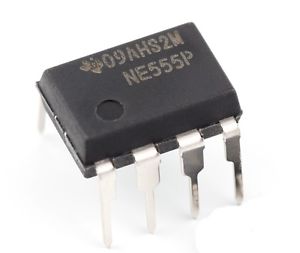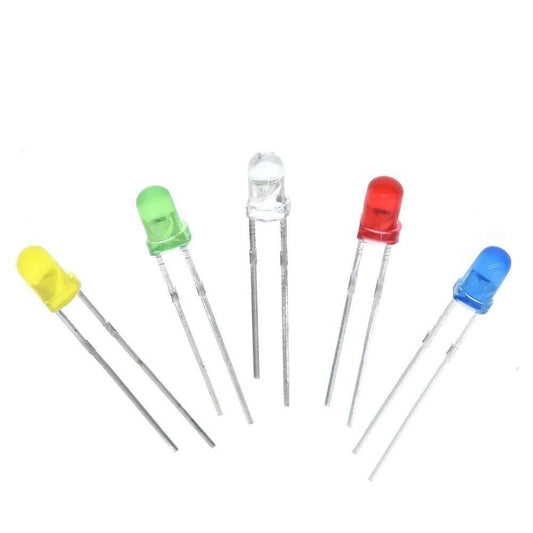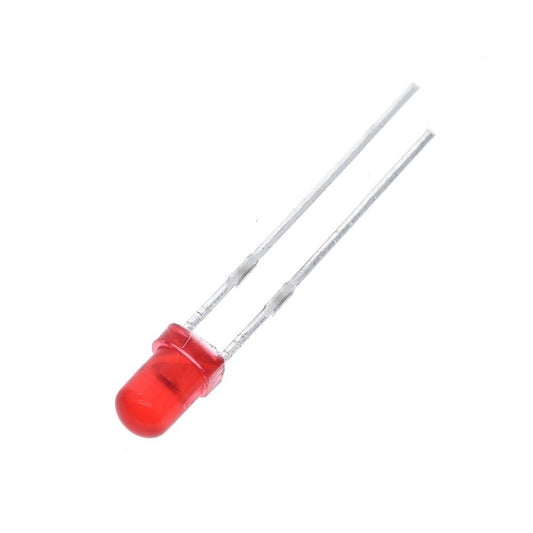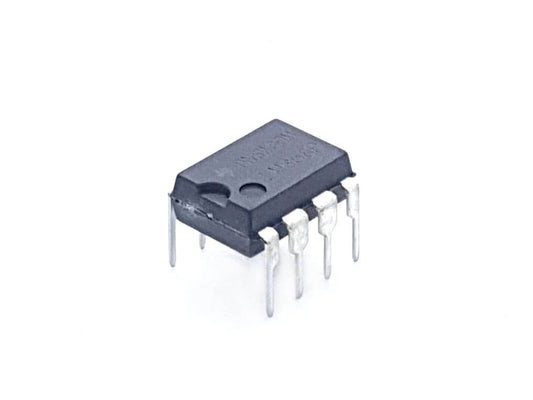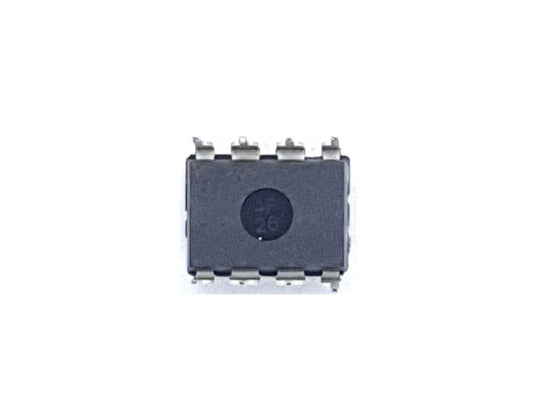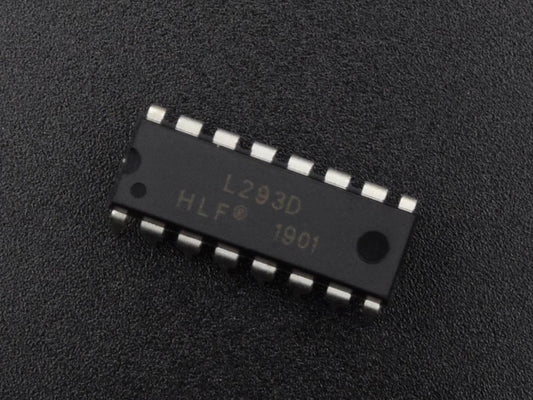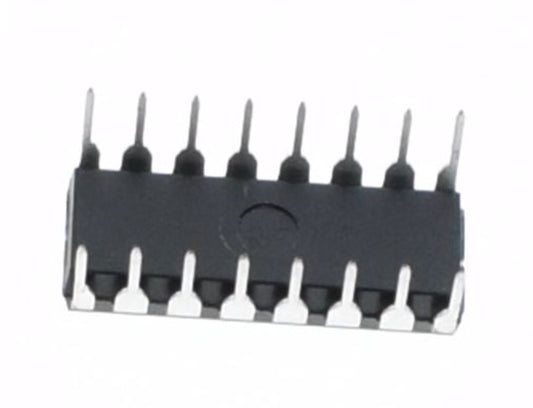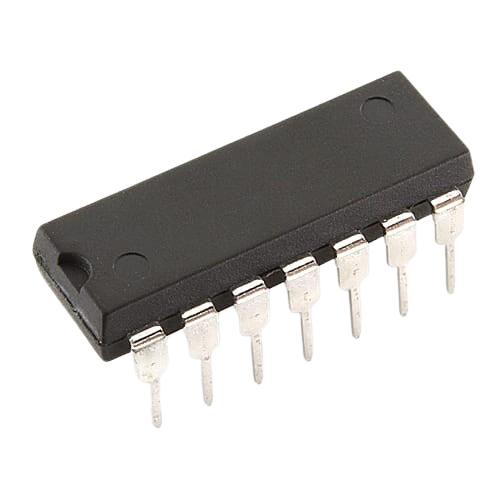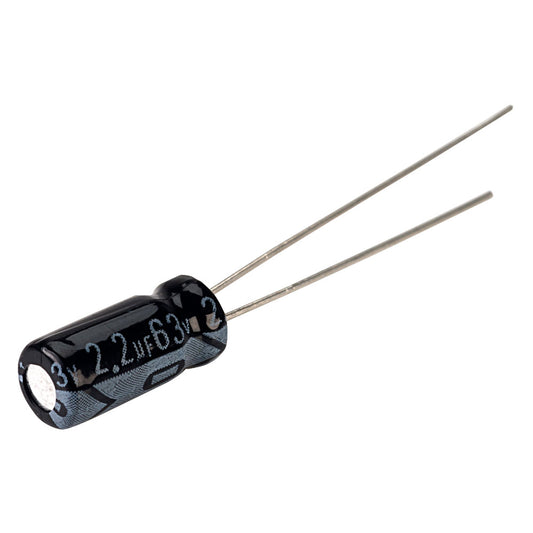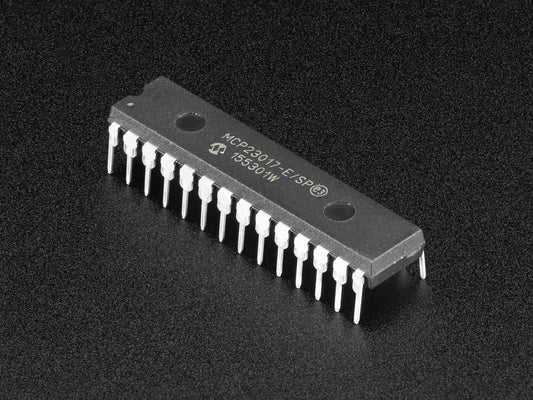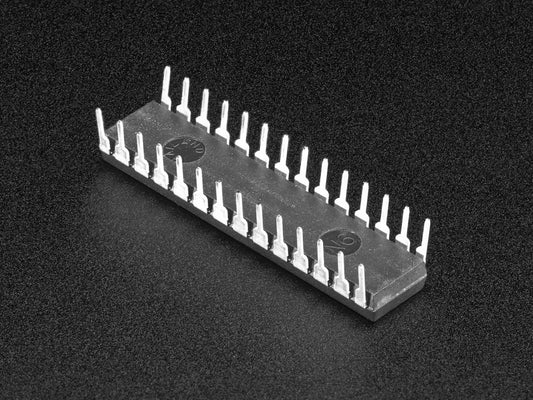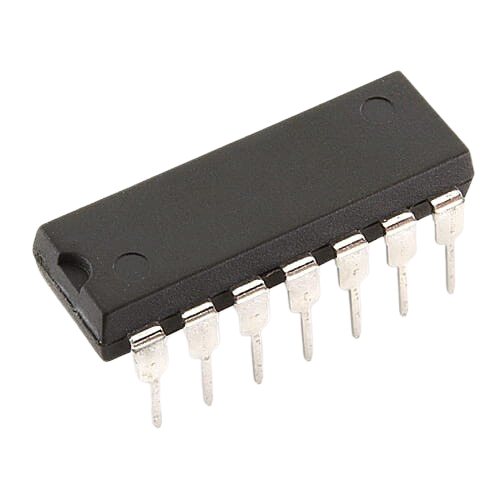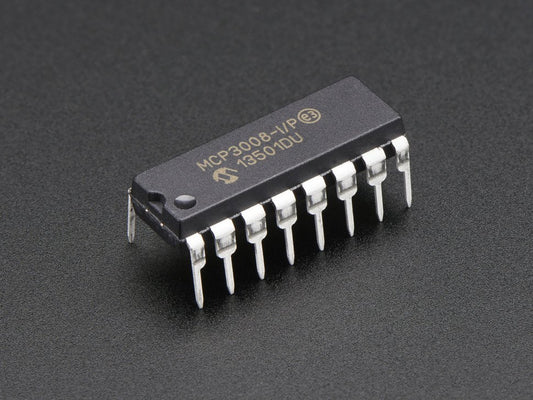Integrated Circuits Philippines: Logic, Op-Amps, Regulators, Drivers & More | Circuitrocks
Integrated Circuits at Circuitrocks — Build Cleaner, Smarter Electronics
Design compact, reliable circuits with our lineup of integrated circuits (ICs) — from logic gates, op-amps, and comparators to voltage regulators, motor/LED drivers, and interface ICs. Perfect for Arduino, ESP32, and Raspberry Pi projects, as well as custom PCBs.
Logic • Op-Amps & Comparators • Regulators • Motor/LED Drivers • Interface & Power ICs
Why buy ICs from Circuitrocks
-
Curated selection: popular parts used in real-world projects
-
Maker-friendly: many DIP/SOIC packages for easy prototyping
-
Local support: help with compatibility for your boards and shields
What you can build
- Signal conditioning for sensors and transducers
- Stable power stages with linear/switching regulators
- Motor/LED control and driver stages
- Level shifting and interface circuits for microcontrollers
Featured IC categories
Tip: When moving from breadboard to PCB, keep footprints (DIP/SOIC/TSSOP) and thermal requirements in mind so your chosen IC drops in smoothly.
IC chooser (quick guide)
| Design need |
IC type to look for |
Notes |
| Clean up / amplify sensor signals |
Op-amp (e.g. LM358) or comparator |
Use rail-to-rail and single-supply parts when working from 5V/3.3V. |
| Create clocks, delays, PWM |
555 timer or logic counters |
Great for LED flashers, tone generation, and simple timing circuits. |
| Drop 12V/9V to 5V/3.3V |
Linear regulators (7805, LDO) or DC-DC |
Use DC-DC for higher current/efficiency, linear for low-noise small loads. |
| Drive motors, relays, solenoids |
H-bridge or driver array (ULN2xxx) |
Offload current from microcontroller pins; respect voltage/current ratings. |
| Add more I/O pins or shift levels |
I²C/SPI expanders & level shifters |
Ideal when using ESP32/ESP8266 or Raspberry Pi with 3.3V logic. |
These are typical starting points; always check each product’s datasheet for exact voltage, current, and package details.
FAQ
Are these ICs compatible with Arduino/ESP32/Raspberry Pi?
Yes—most run from 3.3–5V and expose standard logic/analog pins. Just respect voltage limits and use level shifting when needed.
How do I know if a regulator or driver can handle my load?
Check the datasheet for max current, power dissipation, and thermal limits. Leave margin (20–30%) above your expected load.
What package should I choose (DIP vs SMD)?
DIP is easier for breadboards and beginners; SMD is better for compact PCBs and production designs.
Do you ship nationwide?
Yes—fast shipping anywhere in the Philippines. Same-day processing on in-stock orders before cutoff.

